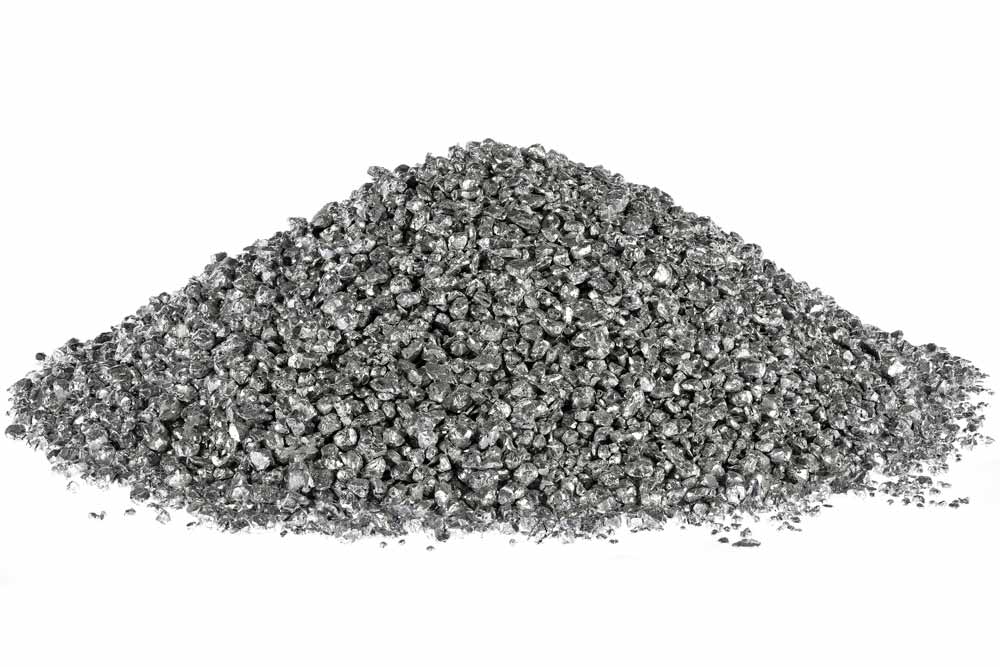Aluminium is a popular material, which is why aluminium recycling plays a crucial role in conserving energy resources and reducing the environmental impact associated with aluminium production. A particular type of aluminum waste, known in the recycling industry as “Taint Tabor“, plays a significant role in these recycling processes.
Characteristics of the Taint Tabor
Taint Tabor is a specific category of clean aluminium waste, mainly used in the recycling sector. This category includes mixed aluminum sheets and castings that are free of impurities, such as insulation, plastic, dirt, or other non-metallic objects. In order for aluminum to be classified as Taint Tabor, it must be derived from clean recycled sheets consisting of two or more alloys and be at least 20 years old. In addition, it is essential that it is free of foils, blinds, casting, fine wires, wire mesh, food or beverage containers, radiator shells, aircraft sheet metal, bottle caps, plastic, dirt, and other non-metallic items. The presence of grease and oil must not exceed 1%, while slag of up to 10% is allowed.
Importance in Recycling
Taint Tabor, as a secondary recycled material, goes through special processes to ensure that it reaches the desired level of purity before being reused. These recycling processes are significantly more energy-efficient than producing aluminum from raw materials. Recovering and recycling aluminum, therefore, plays a fundamental role not only in saving energy but also in reducing the negative environmental impacts associated with the extraction and production of new materials. Thanks to these efforts in the recycling sector, Taint Tabor material contributes significantly to the circular economy, promoting the efficient use of available resources.
Environmental and Economic Benefits
The reuse of aluminium through recycling, particularly of types such as Taint Tabor, leads to numerous benefits both from an environmental and economic point of view. The reduction in the energy demand required to produce aluminium again from bauxite results in a decrease in greenhouse gas emissions and significant energy savings. In addition, the aluminium recycling industry supports the economy by creating jobs and promoting the development of innovative technologies in the field of material processing and reuse.
In conclusion, Taint Tabor is an excellent example of how materials considered waste can be transformed back into valuable resources, demonstrating the importance of recycling in the context of environmental sustainability and sustainable development. Thanks to recycling processes, materials such as aluminium can circulate again in the economy, reducing the need for the extraction of new resources and contributing to the protection of the environment for future generations.
Comments are closed.




